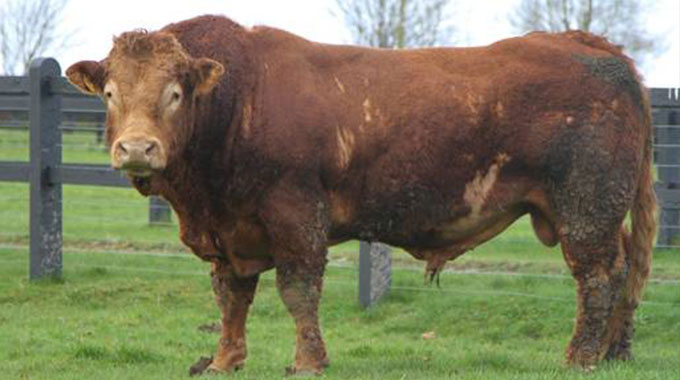
Mhlupheki Dube
AS it becomes crystal clear that the country will experience a mother of all droughts in Matabeleland and other southern parts, it is imperative that we remind ourselves of survival and copying strategies as livestock farmers.
The first strategy which is widely spoken by extension workers and widely ignored by farmers is destocking.
This means downsizing your herd by selling off some of the animals. However, the challenge of this strategy this year is in two folds, firstly our currency is too volatile to inspire any farmer to sell and keep his or her investment in a bank. If you sell 10 animals and take the money to the bank, you may not be able to buy a single animal from that money in two months unless Government can be persuaded to open a waiver and allow livestock farmers to sell their animals in a more stable currency so that they can unlock their value and be able to restock when climatic conditions improve.
Secondly destocking may not be an option in other areas but selling everything as farms have received not water in the dams and rivers meaning drinking water will be one of the most challenging aspect of livestock farming this season.
You may cart in feed and help your animals to soldier own but what about water? With this pretty gloomy picture of the season there are however, some strategies that can help farmers in other areas.
One strategy which I strongly recommend farmers to adopt this year in areas which can, is the use of bush meal. It is clear that the veld did not and will not grow to any meaningful state due to very low rainfall received. Hence the veld will be wiped out by the end of February and the drought effects effectively kick in.
However, there is enough woody herbage that farmers can harvest to create a bush meal which they can feed to their animals throughout the dry season.
Bush meal refers to feed which a farmer produces by gathering woody components from his or her farm, mill them together and feed the animals. In some cases, some components may be fed without milling. Bush meal will comprise of pods from a variety of trees such as acacia and many others which are generally rich in protein. It is not difficult to know the pods to include in your bush meal, you just look at pods that animals like to eat such as ugagu and amahabahaba then gather those. In addition to the pods, tree leaves can also be collected and milled together with pods and fed to animals. Cattle may not ordinarily browse on some leaves but milling these leaves improves voluntary intake as these are milled into a fine meal.
You can collect the mopane leaves and other tree leaves and run them through a miller together with pods and other components. Also to be included in the bush meal are twigs from trees that are milled and provide the fibrous component of the meal. If farmers have access to cereal stover for example from large irrigation schemes they can also mill the stover together with the raw materials from the bush. Salt and or molasses can then be added to improve palatability of the bush meal if one can afford it.
However, it is important to note that with the right combination of pods, twigs and leaves the meal is complete enough to take your animals through the rough patch. Some commercial products that improve digestibility of highly fibrous diets can be given to the animals so that there is maximum utilisation of nutrients from the bush meal. Products such as browse plus can be added into the drinking water to help your animals improve digestibility of some components of the bush meal.
It is important for farmers to understand that bush meal concept is already being extensively used by some livestock farmers in drier areas of countries such as Namibia. There are stud breeders who are using bush meal to successfully raise their stud herd. Even here in Zimbabwe I know a successful goat farmer who is producing bush meal for his goats and even selling the bush meal to other farmers.
Another farmer, a Mr Ncube in Plumtree town is running a flock of about four hundred goats and he makes his bush meal. It is therefore important for those farmers with farms which have a lot of woody species that can be used to make the bush to utilise that and save their animals. This method may also help some farmers who are struggling with bush encroachment as you collect the pods and twigs and mill them for your animals. Uyabonga umntakaMaKhumalo.
Feedback [email protected]/ cell 0772851275
